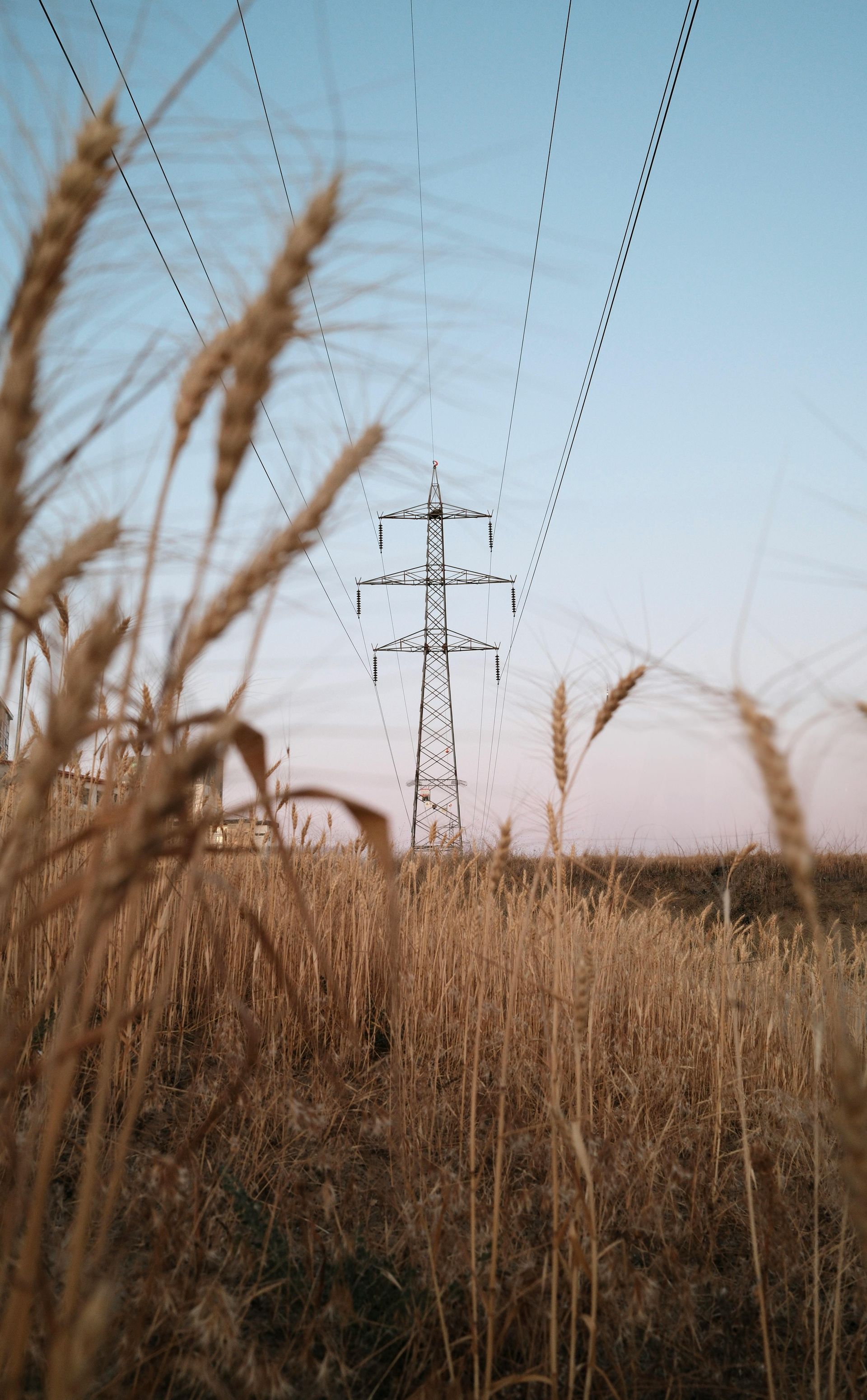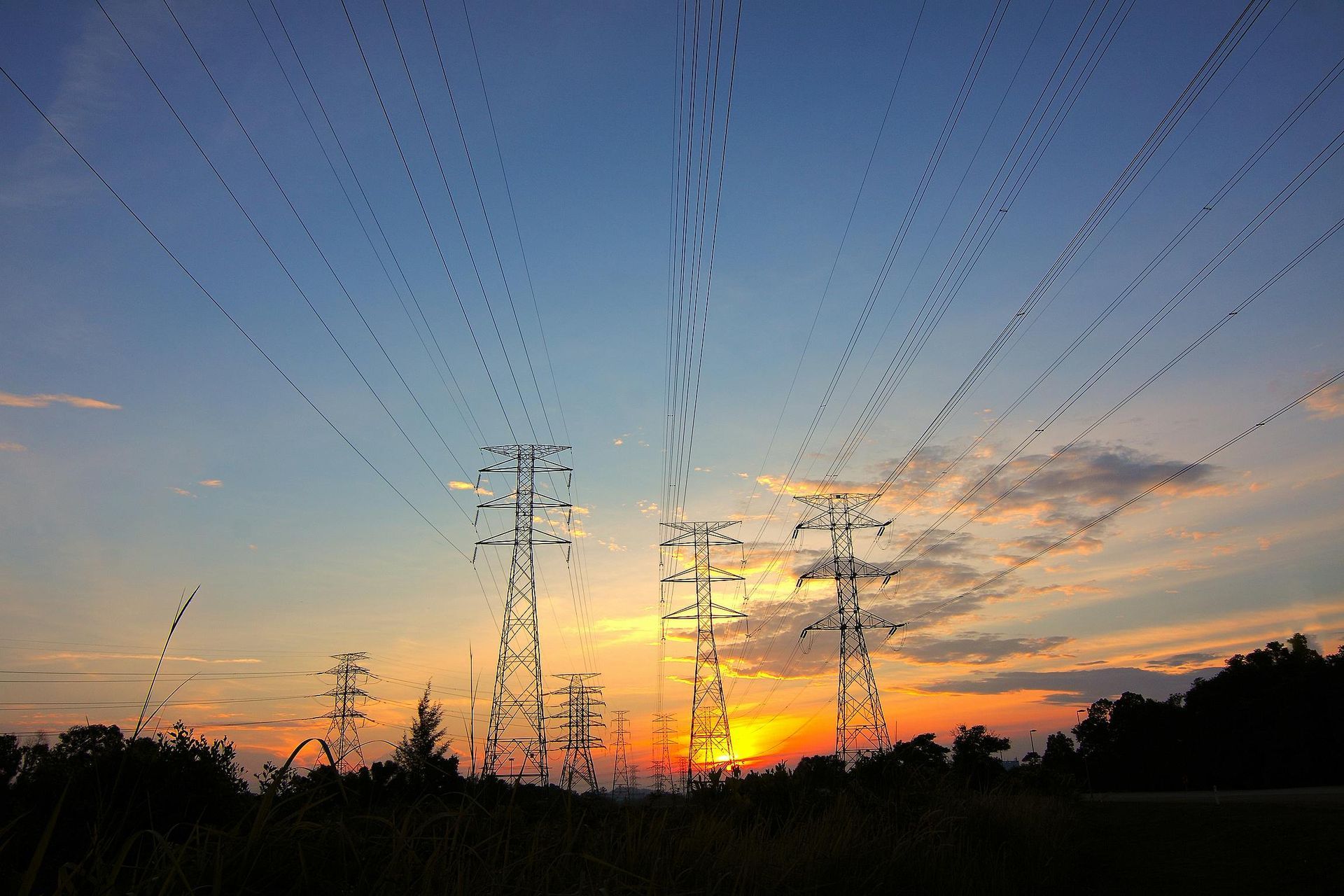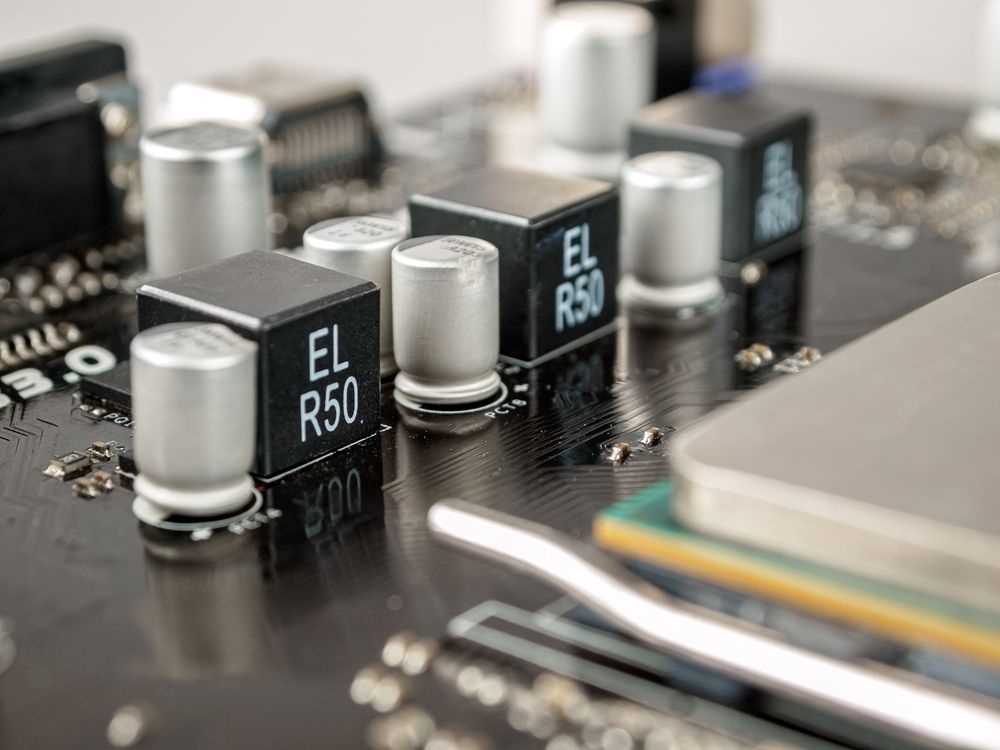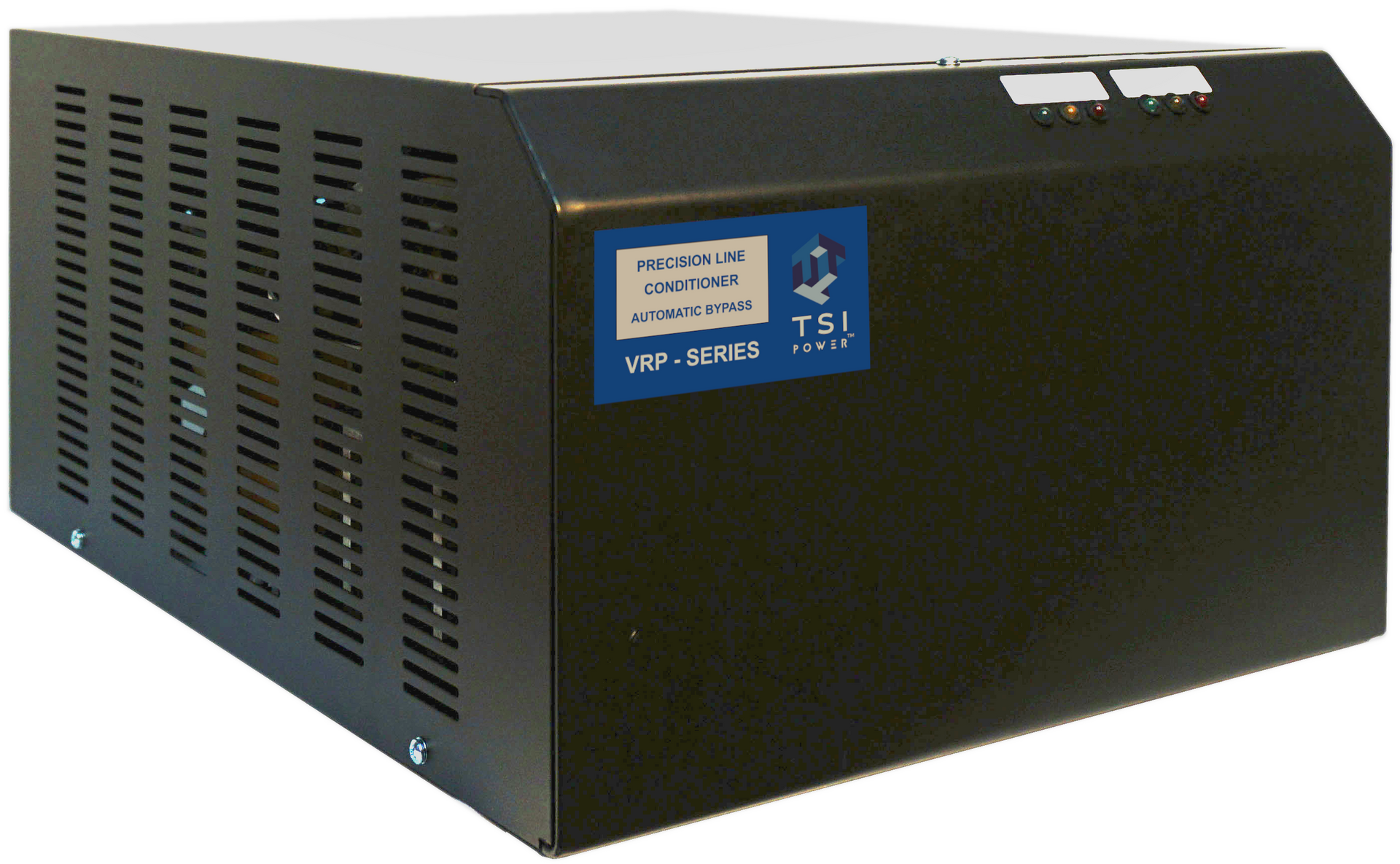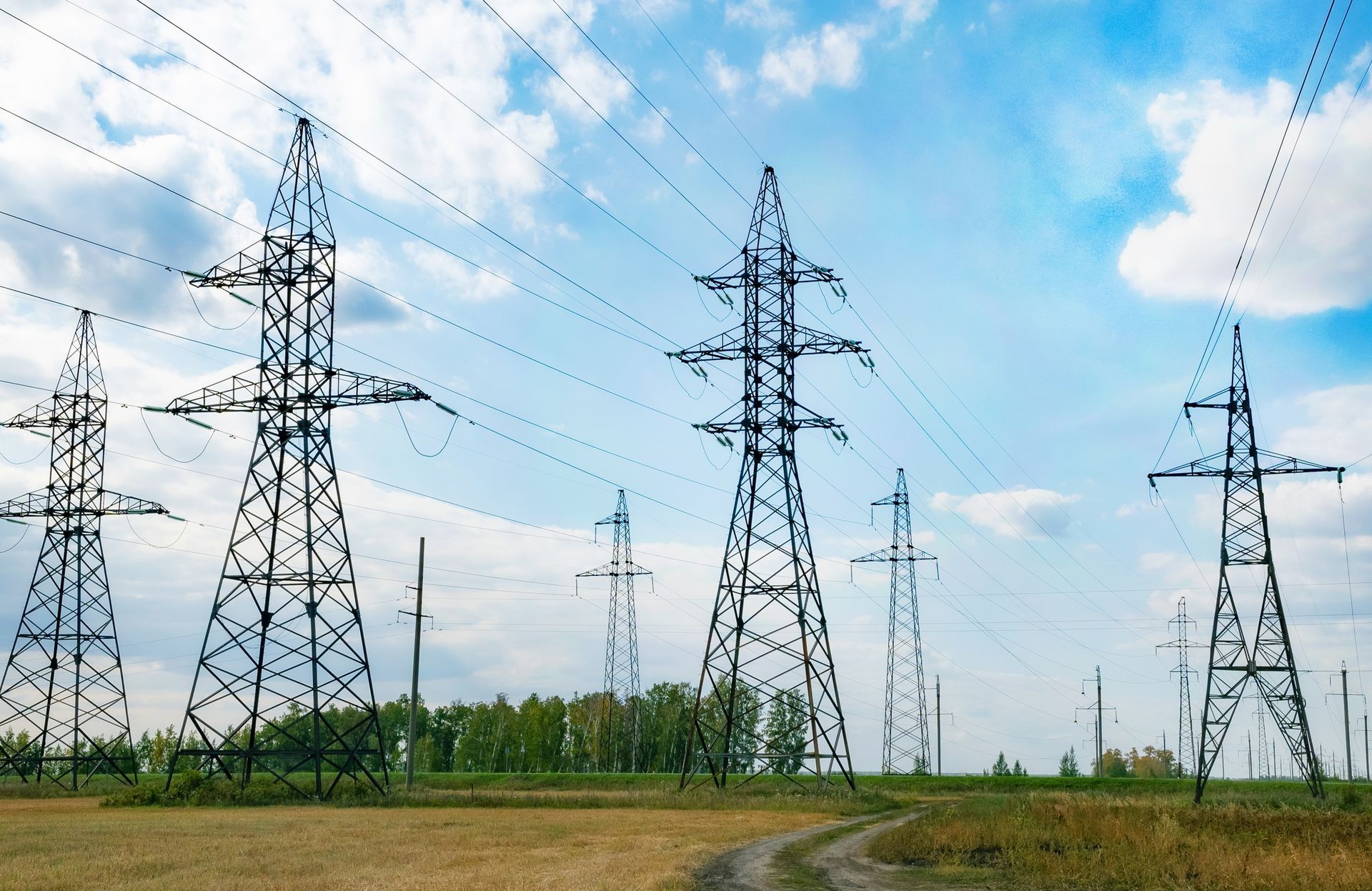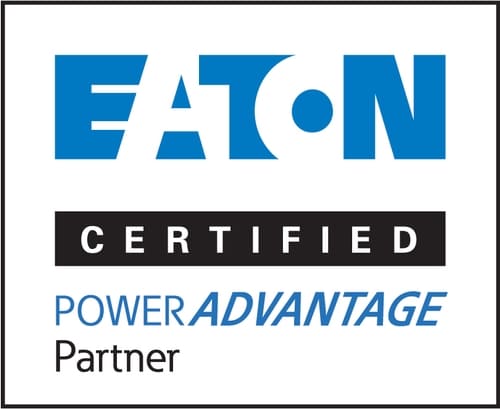Rolling Utility Brownouts and the Northeast Heat Dome
21 June 2024
Share this article:
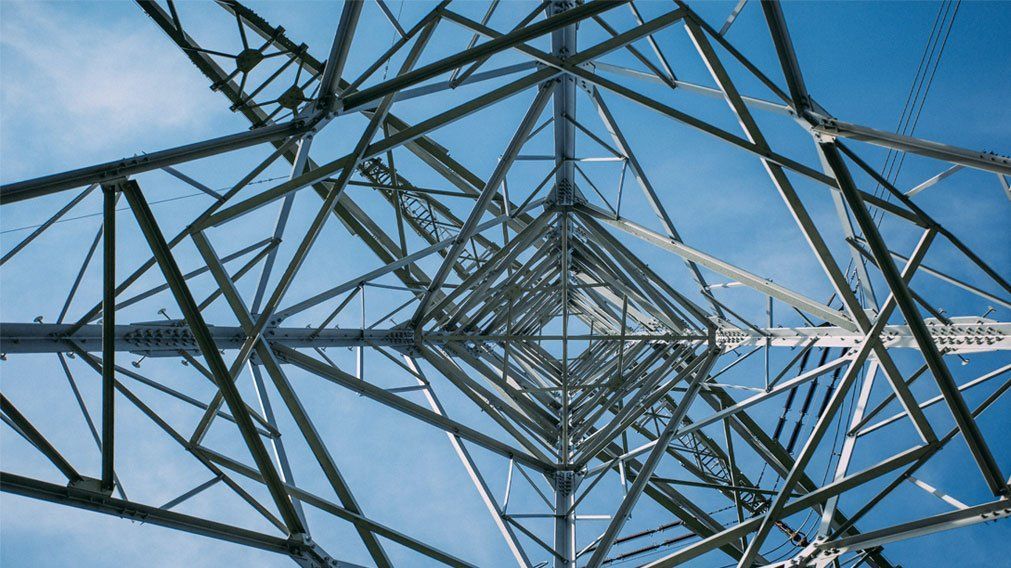
With the Heat Index reaching record levels in the Northeast part of the country. Rolling brownouts due to continuous tax on the utility grid are a continuous risk to industry.
A rolling brownout is a drop or sag in voltage along the grid distribution. Typically, due to the increased demand on the system. Rolling brownouts are escalating drains on the utility infrastructure which the supply side of the utility power cannot catch up and maintain constant nominal voltage. The result is a continual reduction of voltage power, or a sag condition. Which most manufacturing environments cannot operate in.
Washington, Oregon, and Idaho Power at Risk
Regions and facilities operating in ultra-high heat conditions run the risk of utility power failure or utility voltage sag conditions. A voltage sag sometimes is as impactful as an outright power outage. A sag will lower the voltage below operative levels for equipment. Sometimes doing more damage than an actual power outage. Washington, Oregon, and Idaho affected by the heat dome may experience continuous exposure to power anomalies throughout the weather event.
Brownouts and Sags worse than an outage
Due to the continuous exposure of low voltage conditions, equipment is more likely to “burn out” or receive a spike in amperage that causes failure. Rather than a power outage that eliminates the power voltage altogether. A sag or drop in voltage over a period of time such in a brownout will likely cause more serious damage to equipment and sensitive components.
Global Warming and the Future of Power Distribution
As city landscapes keep heating up, and requirements for HVAC systems keep increasing the electrical grid will keep being challenged by sag and brownout scenarios. City “heat islands” are expanding. Industries requiring constant clean power that operates from the general distribution grid will continue to experience these brownout scenarios. New commitments to energy infrastructure, clean energy systems, solar, wind, geo and other clean power producing processes will assist in overcoming the source demand that is placed on the electrical utilities today.
For information on power outages check the U.S National Grid Power Outage Tracker Map.
Voltage Correction
Voltage Correction is a provider of services to industry to install voltage correction devices, monitor incoming power to facility for solutions, and provide customers with comprehensive power solutions. Contact us today to talk to your Voltage Correction Technical Representative.
Connect with Us:


